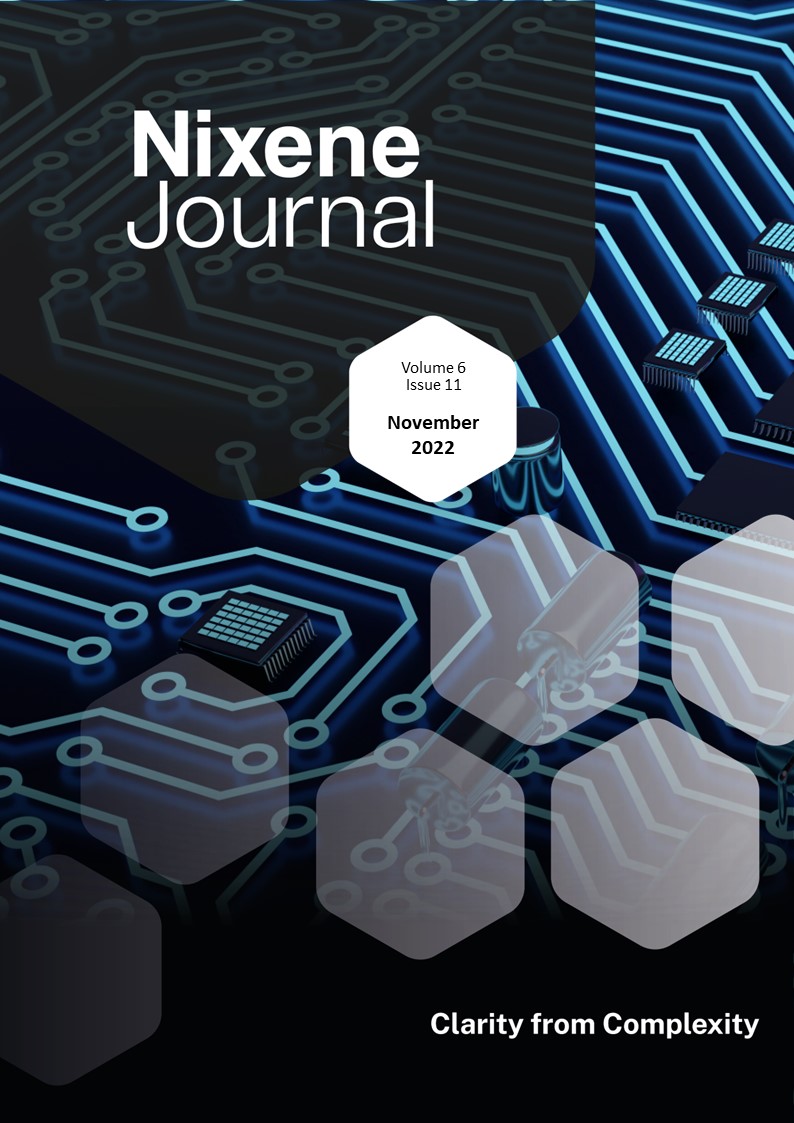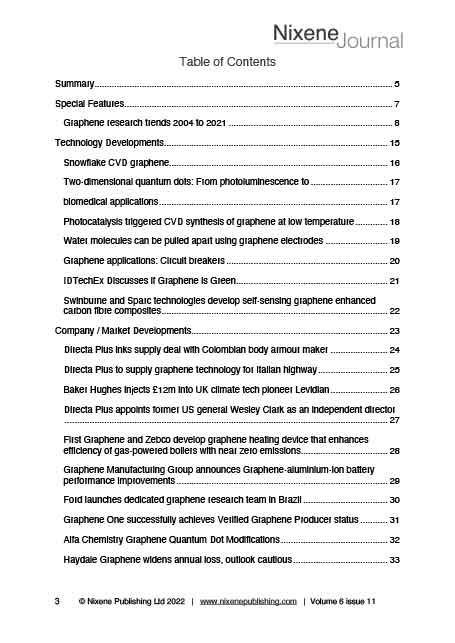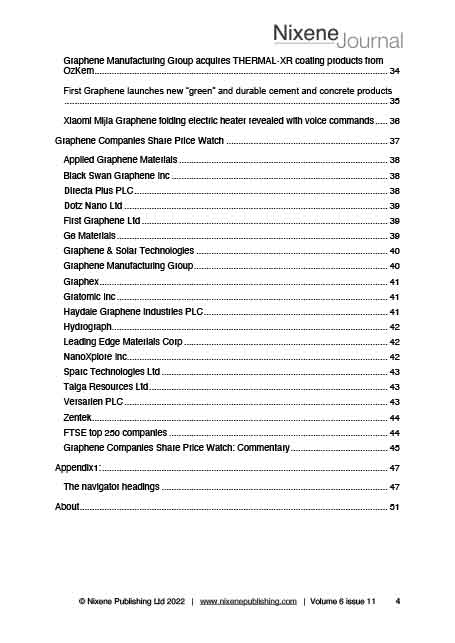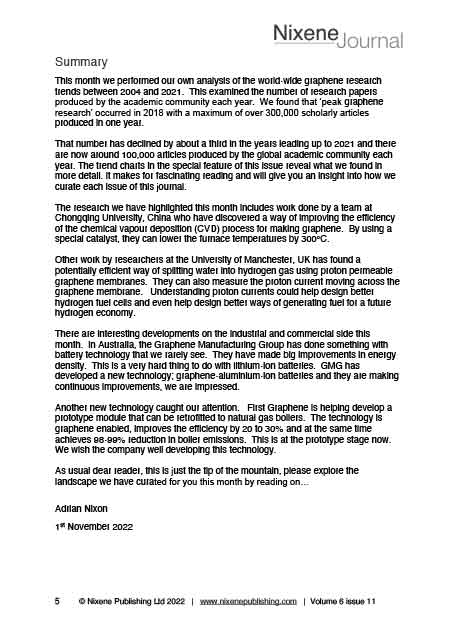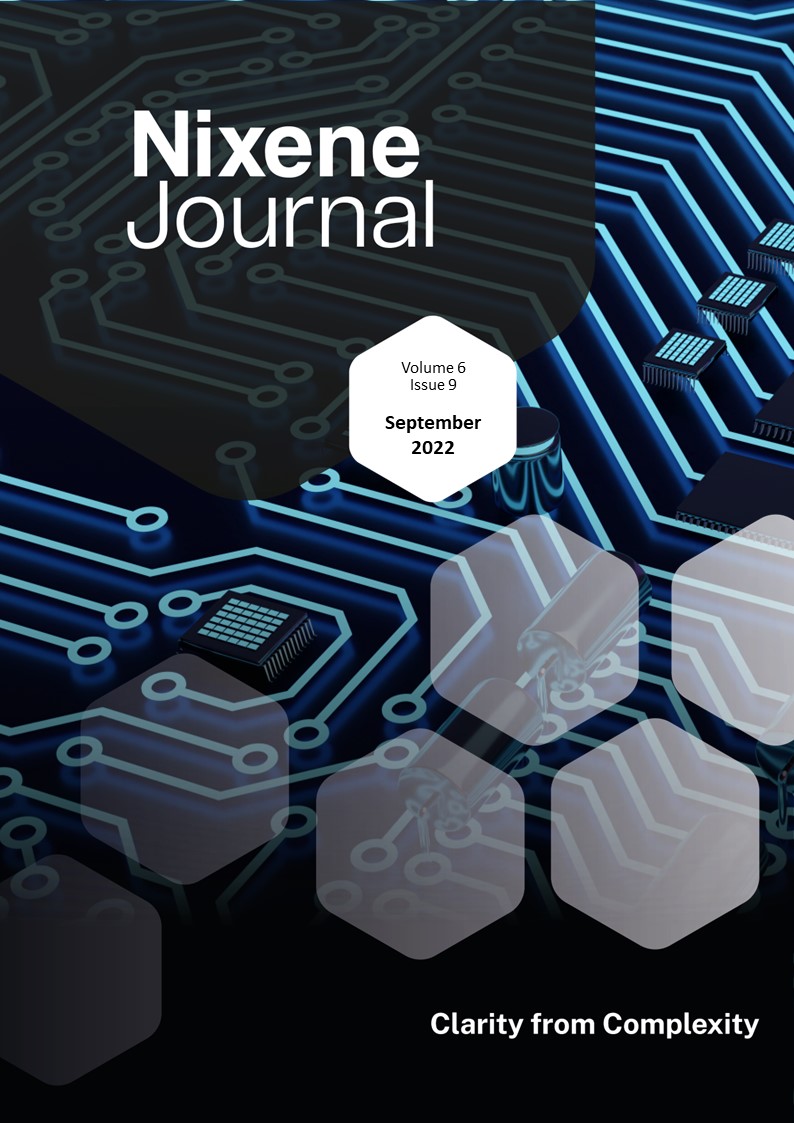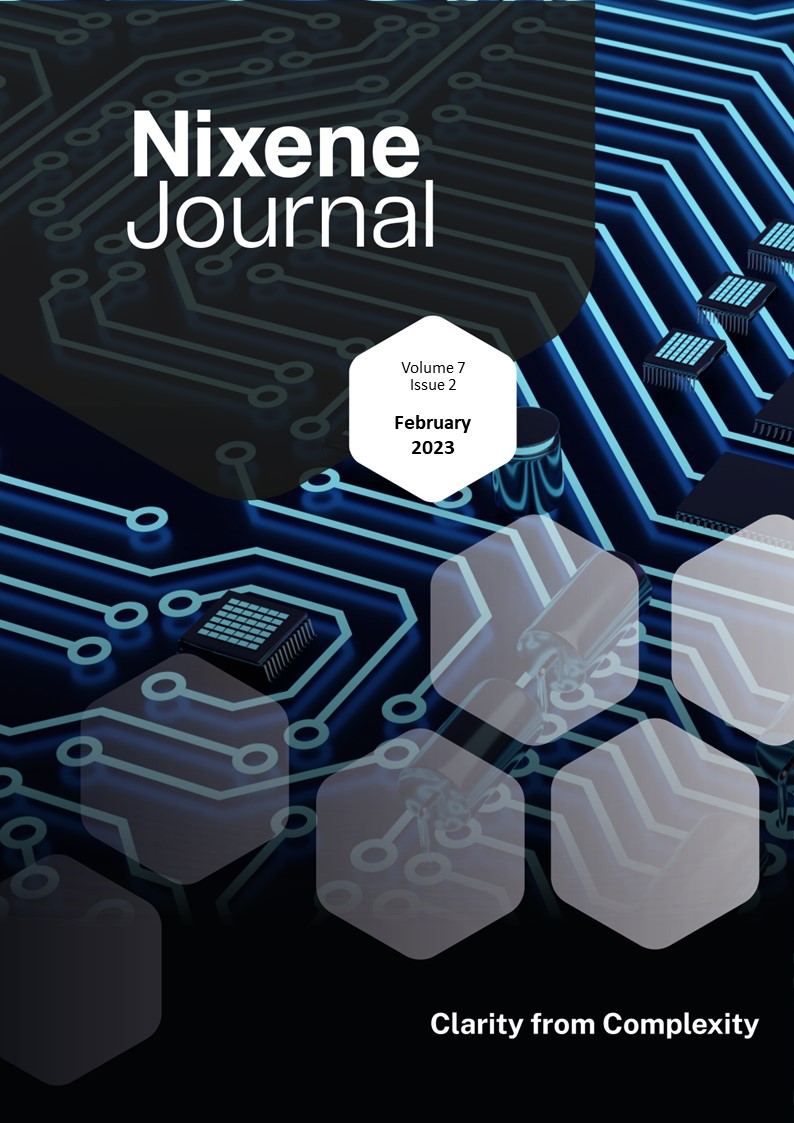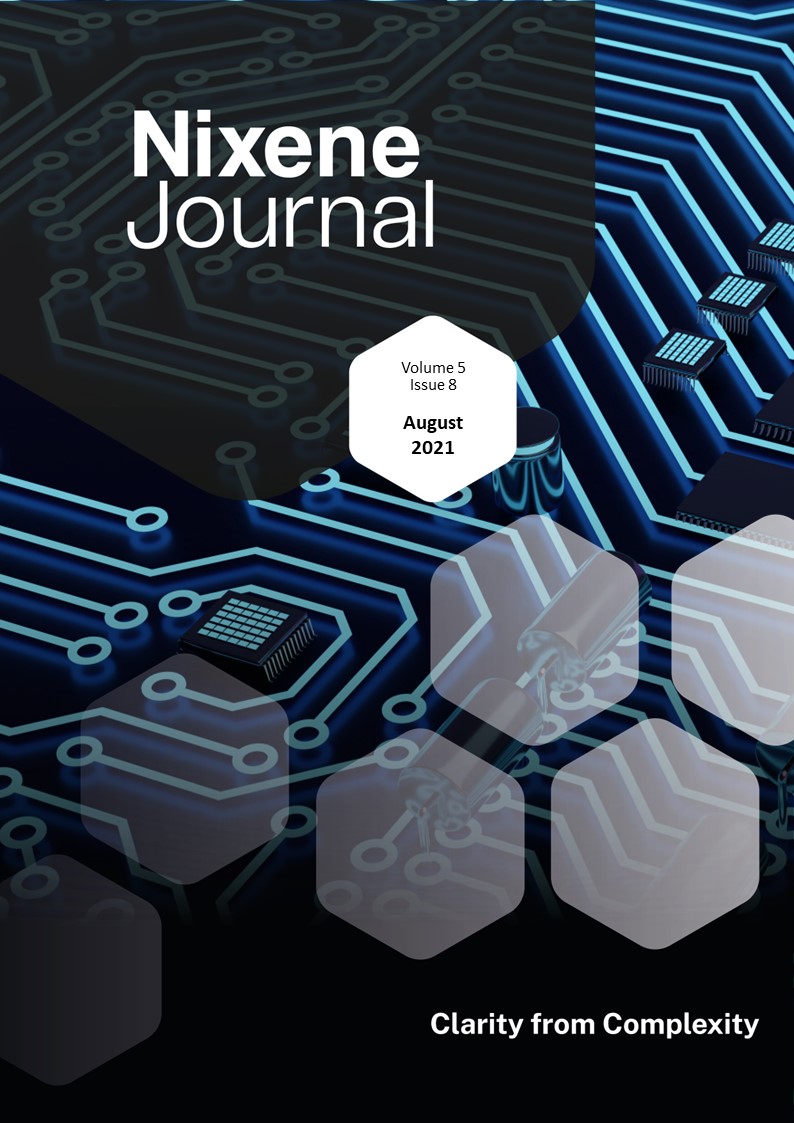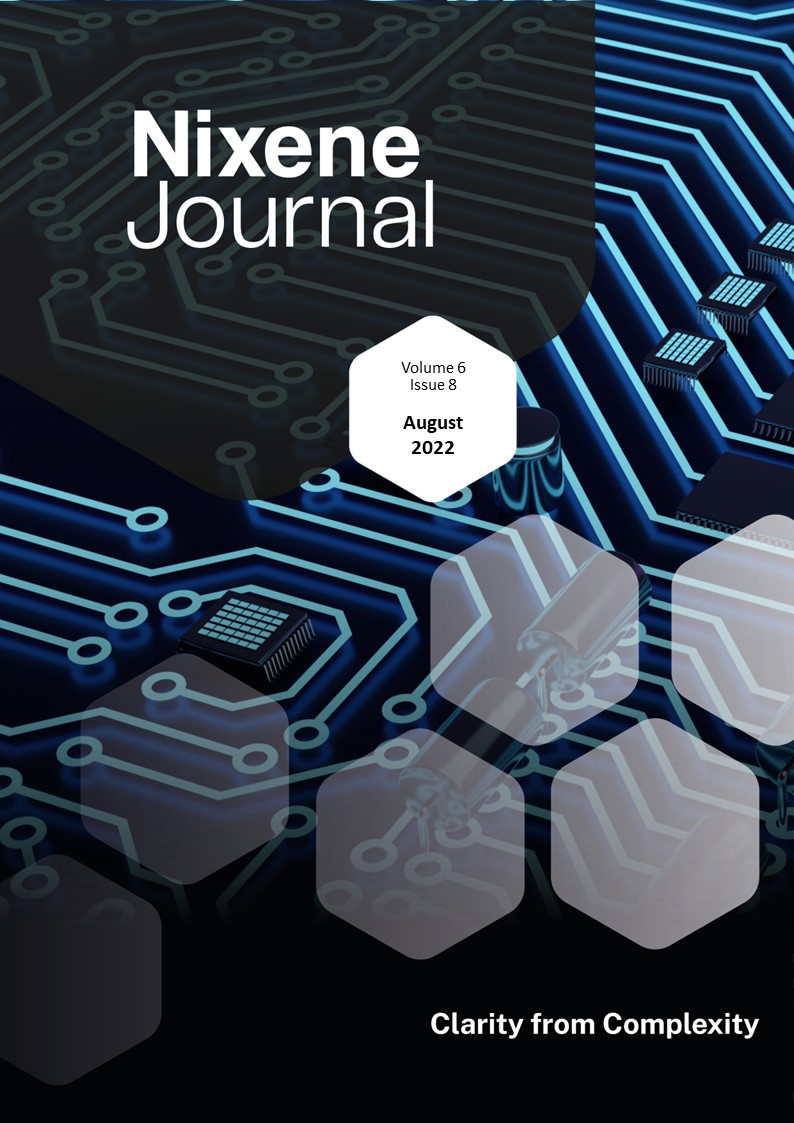Description
This month we performed our own analysis of the world-wide graphene research trends between 2004 and 2021. This examined the number of research papers produced by the academic community each year. We found that ‘peak graphene research’ occurred in 2018 with a maximum of over 300,000 scholarly articles produced in one year.
That number has declined by about a third in the years leading up to 2021 and there are now around 100,000 articles produced by the global academic community each year. The trend charts in the special feature of this issue reveal what we found in more detail. It makes for fascinating reading and will give you an insight into how we curate each issue of this journal.
The research we have highlighted this month includes work done by a team at Chongqing University, China who have discovered a way of improving the efficiency of the chemical vapour deposition (CVD) process for making graphene. By using a special catalyst, they can lower the furnace temperatures by 300°C.
Other work by researchers at the University of Manchester, UK has found a potentially efficient way of splitting water into hydrogen gas using proton permeable graphene membranes. They can also measure the proton current moving across the graphene membrane. Understanding proton currents could help design better hydrogen fuel cells and even help design better ways of generating fuel for a future hydrogen economy.
There are interesting developments on the industrial and commercial side this month. In Australia, the Graphene Manufacturing Group has done something with battery technology that we rarely see. They have made big improvements in energy density. This is a very hard thing to do with lithium-ion batteries. GMG has developed a new technology; graphene-aluminium-ion batteries and they are making continuous improvements, we are impressed.
Another new technology caught our attention. First Graphene is helping develop a prototype module that can be retrofitted to natural gas boilers. The technology is graphene enabled, improves the efficiency by 20 to 30% and at the same time achieves 98-99% reduction in boiler emissions. This is at the prototype stage now. We wish the company well developing this technology.
As usual dear reader, this is just the tip of the mountain, please explore the landscape we have curated for you this month by reading on…
Adrian Nixon
1st November 2022

